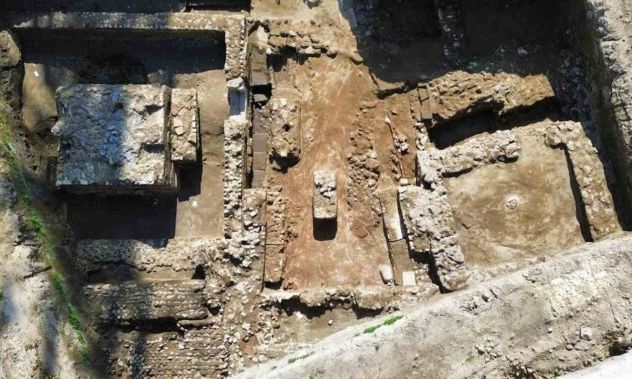Bone carving is one of the oldest known artistic and utilitarian crafts, dating back tens of thousands of years. Ancient societies across the world utilized bone not only for practical purposes but also as a medium for artistic expression and spiritual significance. This intricate craft played a vital role in daily life, trade, and cultural identity.
Origins and Early Development
The practice of bone carving can be traced to prehistoric times when early humans discovered that bones from animals provided a durable and easily workable material. Paleolithic societies crafted tools, weapons, and ornaments from bone, using rudimentary stone tools to shape and etch their creations.
Archaeological evidence from sites such as those in Europe, Africa, and Asia suggests that early humans used bone for spear points, needles, and decorative items. The famed Venus figurines, carved from mammoth ivory, highlight the artistic capabilities of ancient peoples.
Cultural Significance and Symbolism
Bone carving held deep cultural and spiritual meaning in many ancient societies. In some traditions, bones were believed to carry the essence of the animals or ancestors from which they came. Shamans and priests often used carved bones as ritual objects, amulets, and divination tools.
For example:
Ancient China: Oracle bones, inscribed with early forms of Chinese writing, were used for divination during the Shang Dynasty (c. 1600–1046 BCE).
Native American Tribes: Many indigenous groups crafted bone into intricate jewelry, totems, and ceremonial objects, often representing spirits or protective symbols.
Viking and Celtic Societies: Warriors and craftsmen carved bones into intricate patterns, sometimes inscribing runes or mythical symbols.
Techniques and Tools
Bone carving techniques varied depending on the time period and region. Early carvers used flint and obsidian tools to shape and engrave bone. With the advent of metallurgy, bronze and iron tools allowed for more precise and intricate designs.
Common methods included:
Scraping and shaping: Using sharp tools to shape bone into tools, jewelry, or figurines.
Engraving and inlaying: Carving detailed patterns and sometimes inlaying with precious stones or metals.
Polishing and dyeing: Enhancing the appearance of bone carvings with natural dyes and polishing techniques.
Trade and Economic Impact
Bone carving played a significant role in ancient economies. In regions where metals were scarce or expensive, bone served as an alternative material for tools and decorative items. The trade of carved bone artifacts, such as combs, beads, and figurines, connected different cultures and facilitated the exchange of artistic traditions.
Legacy and Influence
Though modern materials have largely replaced bone in many applications, traditional bone carving still thrives in certain cultures. Indigenous artists, historical reenactors, and craftsmen continue to preserve the techniques and traditions of this ancient art form.
Conclusion
The ancient art of bone carving is a testament to human creativity and resourcefulness. Beyond its functional uses, bone carving held immense cultural and spiritual significance, shaping the identities of many societies. Its legacy continues to inspire artisans and historians, offering a glimpse into the craftsmanship and beliefs of ancient civilizations.







